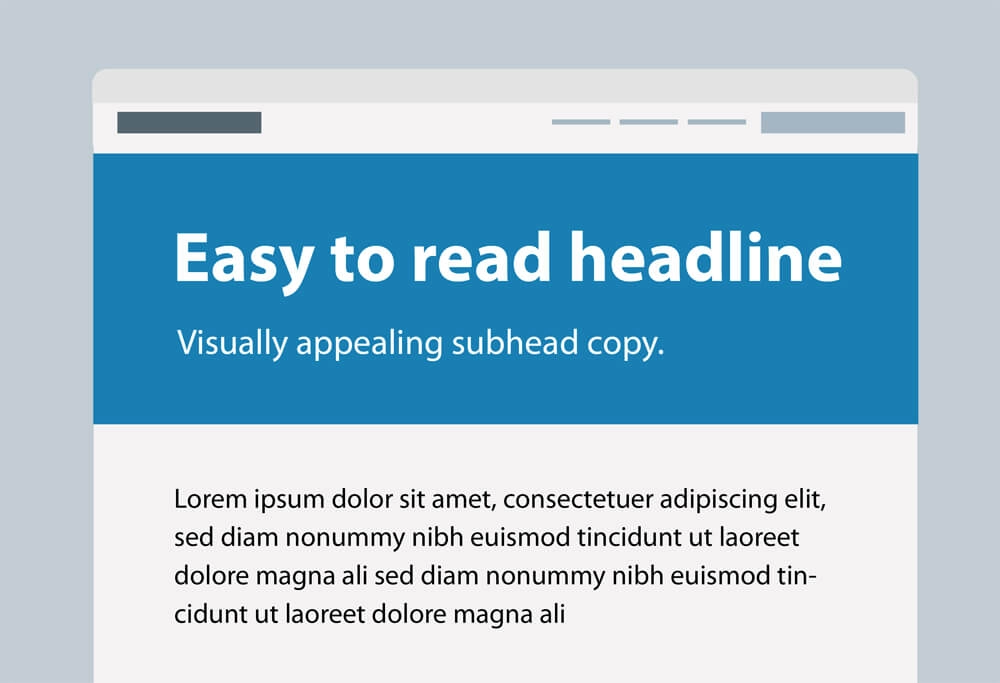Like a house with good bones, your nonprofit website can function well for years without major renovations. But just as a home needs occasional upkeep to stay in top shape, regular nonprofit website updates are essential to extend its life and keep it running smoothly.
Without consistent care, a small leak can turn into a ruined roof—and similarly, a minor outdated element on your site can negatively impact your visitors’ experience. In fact, 38% of people will stop engaging with a website if the content or layout is unattractive.
Meanwhile, over 52% of nonprofit website traffic now comes from mobile devices, yet many sites still aren’t optimized for a smooth mobile experience. That means missed opportunities to connect with donors, volunteers, and community members—especially when they’re engaging on the go.
Your website works tirelessly for your organization, day and night. To ensure it continues to serve your mission effectively, here are 10 questions to help guide your routine nonprofit website updates—so that everyone who visits feels as welcomed and supported as they would in your home.

1. Does your homepage headline explain who you are or what you do?

2. Are you still using sliders or pop-ups?

3. Are there social media icons in your header?

4. Is your nonprofit website mobile responsive?
If your website was designed within the last five years, chances are you can check this box “done.” Most of the newer website templates are responsive out of the box, especially if you’re using WordPress or Squarespace.
That doesn’t mean all of the content or elements you have on your site are responsive, though. Even with a newer site, it is wise to check and see how your site looks on mobile, tablet, and desktop devices.
If it’s been more than five years since you designed your nonprofit website, definitely take time to look at it on all devices. If your website doesn’t work on mobile or tablet, you’re probably losing out on traffic. Not only do nearly half of users access sites on their phones, but Google rankings also give preference to websites that are adjusted for mobile.

5. Is your typography easy to read?

6. Does your nonprofit website flow well?

7. Are you using obvious stock photos?

8. Are you using email links in your content?

9. Are you relying on PDFs?

10. Do your call-to-action buttons feel robotic?
The default call to action for any button on a website is “submit.” Unfortunately, “submit” is a horrible call to action. It’s vague, impersonal, and comes across as robotic. Take a look at your buttons and get rid of the robotic “submit” call to action.
Instead, make your call-to-action buttons more personable by writing your call to action in the first person. Let your button answer the question, “What do I want to do?”
For example, “I want to _______”:
- Donate Now
- Get Involved
- Become a Volunteer
- Team Up
If your nonprofit website ticks any of the above boxes, it’s a great time to do some light remodeling! Your website is open even when your office is closed, working even when employees are out sick, and answering users’ questions even when you’re busy. Making sure your nonprofit website is fulfilling the needs of your online visitors is an important factor in your organization’s success.




